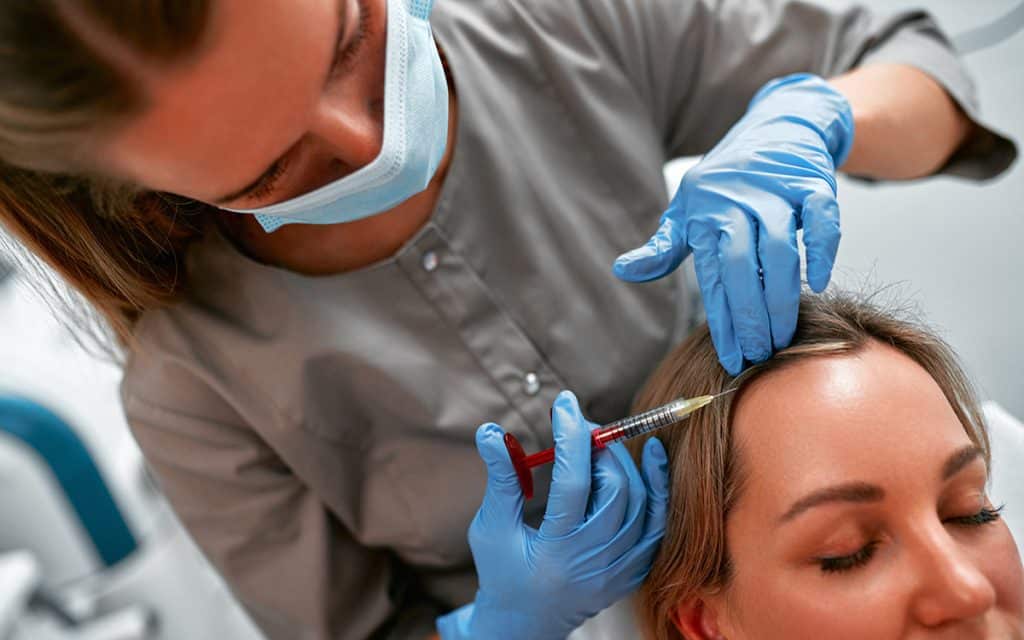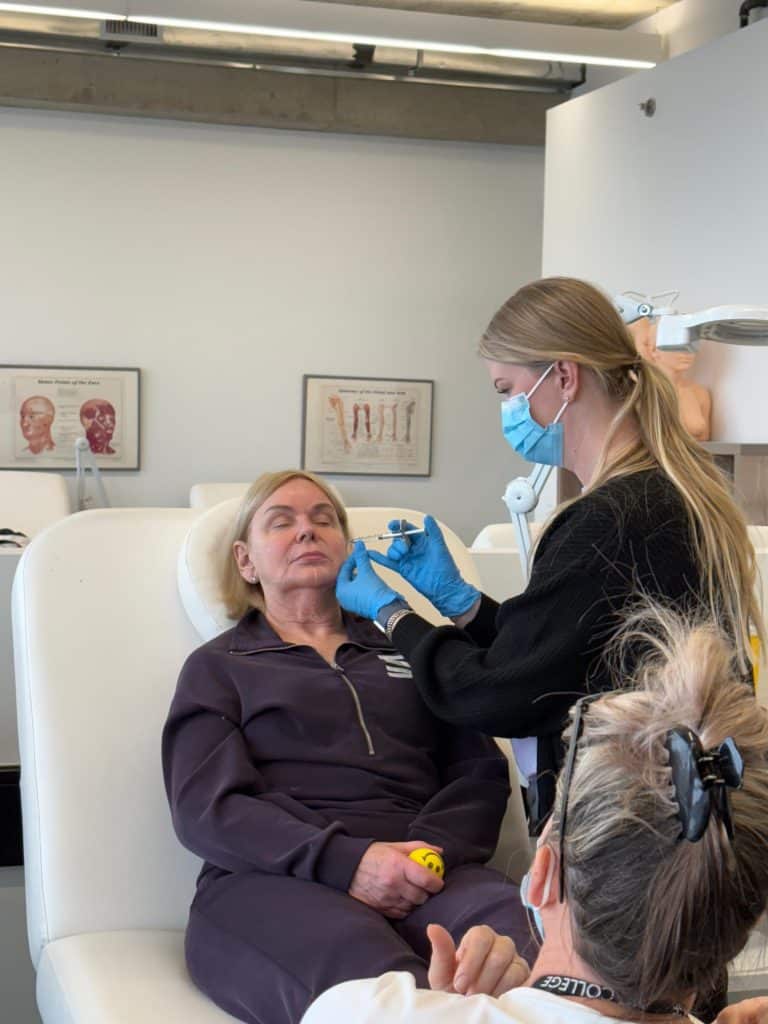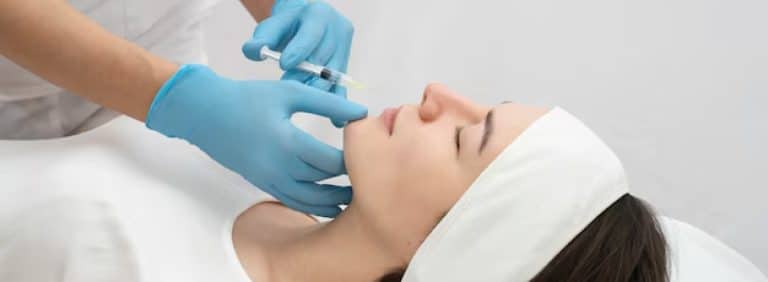Aesthetic Injector Training in Toronto: Botox, Fillers, PRP & More
Unlock the Full Spectrum of Aesthetic Injector Training in Toronto
The medical aesthetics industry is booming, especially in Toronto. The GTA is one of the top areas in Canada for licensed nurses and physicians looking to transition into or expand their career in non-surgical medical aesthetics. With an ever-growing patient demand for safe, natural-looking results, and a national shift toward non-surgical procedures, aesthetic injector training has never been more valuable.
At CAMA, we provide hands-on, accredited aesthetic injector training in Toronto for:
-
Neuromodulators (Botox®, Dysport®)
-
Dermal Fillers
-
Biostimulators (e.g., Sculptra®)
-
Platelet-Rich Plasma (PRP)
Whether you’re new to aesthetics or looking to sharpen your technique, our programs give you real clinical skills with real patient results.
What You’ll Learn in CAMA’s Aesthetic Injection Training Courses
Our comprehensive training programs are designed to help medical professionals:
-
Master facial anatomy and aesthetic balance
-
Perform safe injections for the forehead, glabella, crow’s feet, lips, cheeks, jawline, and more
-
Understand product science, dilution, and dosing
-
Treat both dynamic wrinkles and volume loss
-
Plan combination treatments using Botox, fillers, PRP, and biostimulators
-
Manage complications, side effects, and patient expectations
All Toronto-based training includes hands-on sessions with live models, taught by some of Canada’s most experienced injector educators.
Botox & Neuromodulator Training
Neuromodulators like Botox and Dysport are foundational tools in aesthetic medicine. They help treat:
-
Forehead lines
-
Frown lines (glabellar)
-
Crow’s feet
-
Gummy smiles
-
TMJ tension (off-label)
Our injector training in Toronto focuses on safe technique, muscle mapping, dosing accuracy, and personalized treatment planning.
Dermal Filler Training
Dermal fillers restore lost volume and contour key facial areas including:
-
Cheeks
-
Lips
-
Jawline
-
Nasolabial folds
-
Marionette lines
You’ll learn both needle and cannula techniques, product selection strategies, and how to achieve balanced, natural-looking results.
Biostimulator Training (Sculptra)
Biostimulators like Sculptra® work differently from HA fillers, they stimulate collagen production over time for subtle, long-term rejuvenation. Ideal for patients seeking gradual enhancement with regenerative results, Sculptra is a powerful tool for:
-
Facial volume loss
-
Skin laxity
-
Deep hollowing
CAMA’s training teaches you the science, reconstitution, and multi-session protocol planning unique to biostimulants.
PRP Training (Platelet-Rich Plasma)
PRP remains one of the most in-demand regenerative treatments in modern aesthetics. You’ll learn how to draw and process blood, isolate the platelet-rich portion, and inject it for:
-
Facial rejuvenation
-
Under-eye treatment
-
Hair restoration
-
Acne scar reduction
Our Toronto-based PRP course includes microneedling integration, advanced injection protocols, and post-care strategies for long-term results.
Why Choose CAMA Toronto?
CAMA (Canadian Association of Medical Aesthetics) is Canada’s #1 nationally accredited training academy, offering:
✅ Courses certified by the Canadian Nurses Association and College of Family Physicians of Canada
✅ Real model experience in a clinical setting
✅ Toronto-based instructors with extensive experience
✅ Ongoing mentorship and advanced training options
✅ 0% financing and bundle savings with Complete Injector Packages
Explore Our Toronto Injector Training Programs
Is Our Aesthetic Injector Training in Toronto Right for You?
CAMA’s courses are designed for:
-
Registered Nurses (RNs, LPNs, RPNs)
-
Nurse Practitioners (NPs)
-
Medical Doctors (MDs & DOs)
-
Dentists & Naturopaths (in some provinces)
No previous cosmetic experience is required, just a valid medical license in Canada and a desire to grow your career in a high-demand field.





